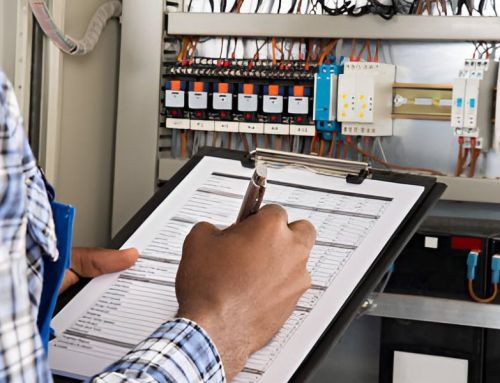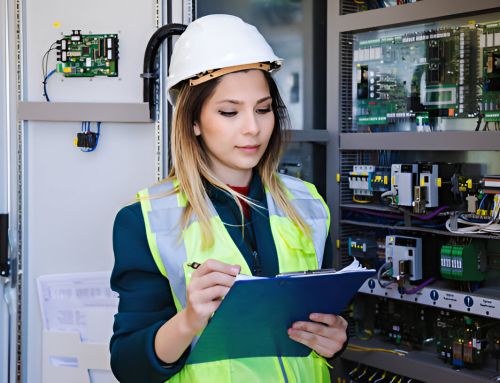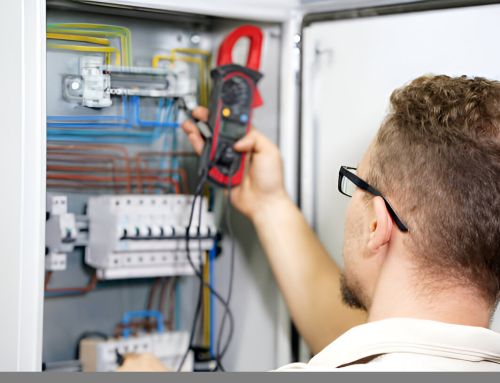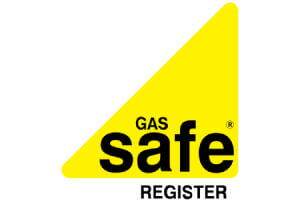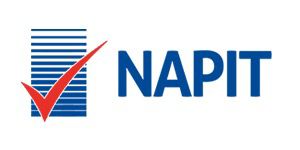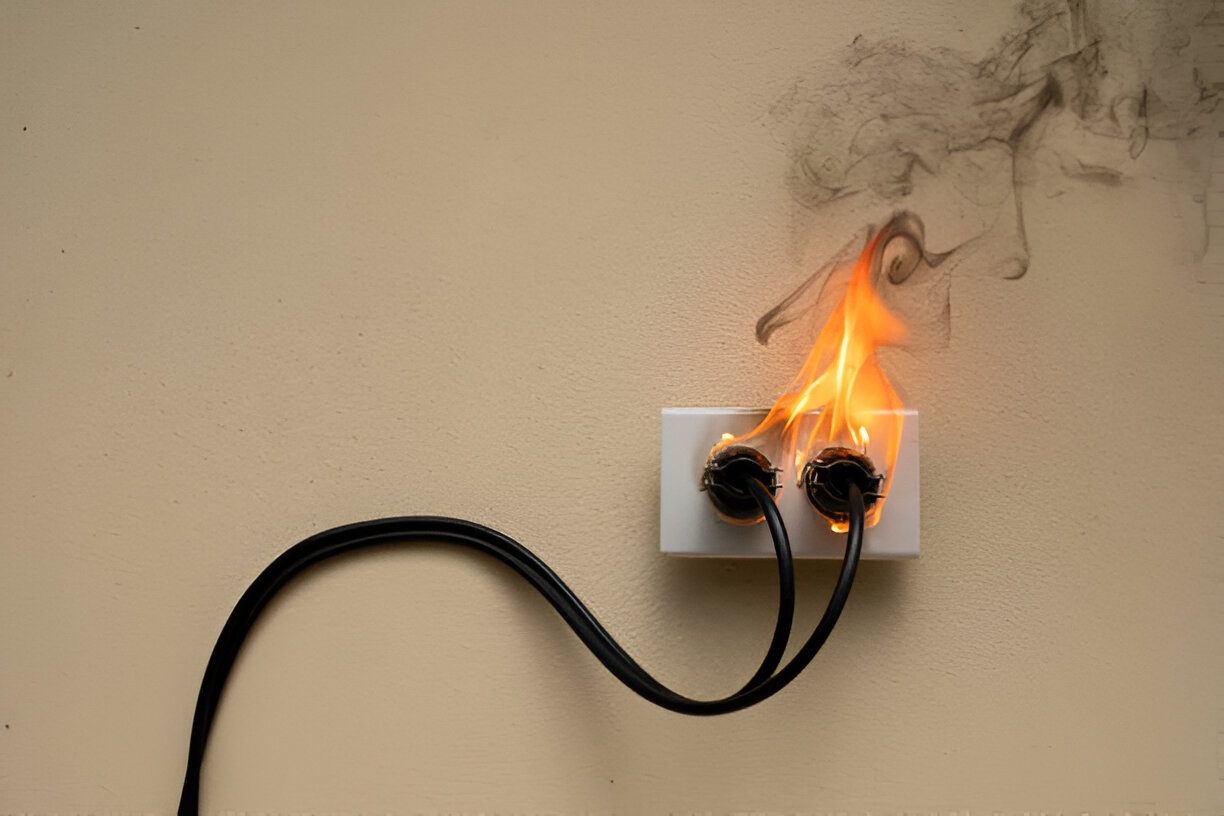
Having seen the aftermath of electrical hazards and fires, I understand the urgency of addressing potential risks before disaster strikes.
The Role of Electrical Installation Condition Reports (EICR) is more than just a routine procedure; it is a proactive measure that can save lives and properties.
By uncovering hidden faults and non-compliance issues, EICR inspections act as a shield against potential disasters.
Join me as we uncover the crucial significance of EICR in ensuring the safety of our homes and workplaces.
Understanding Electrical Hazards
In understanding electrical hazards, one must acknowledge the myriad risks associated with electricity and its potential to cause harm if safety measures aren’t strictly adhered to. Electrical safety is paramount in preventing hazards such as burns, electrocution, arc flashes, electric shocks, fires, or explosions. Identifying these risks through risk identification is crucial to implementing effective safety measures.
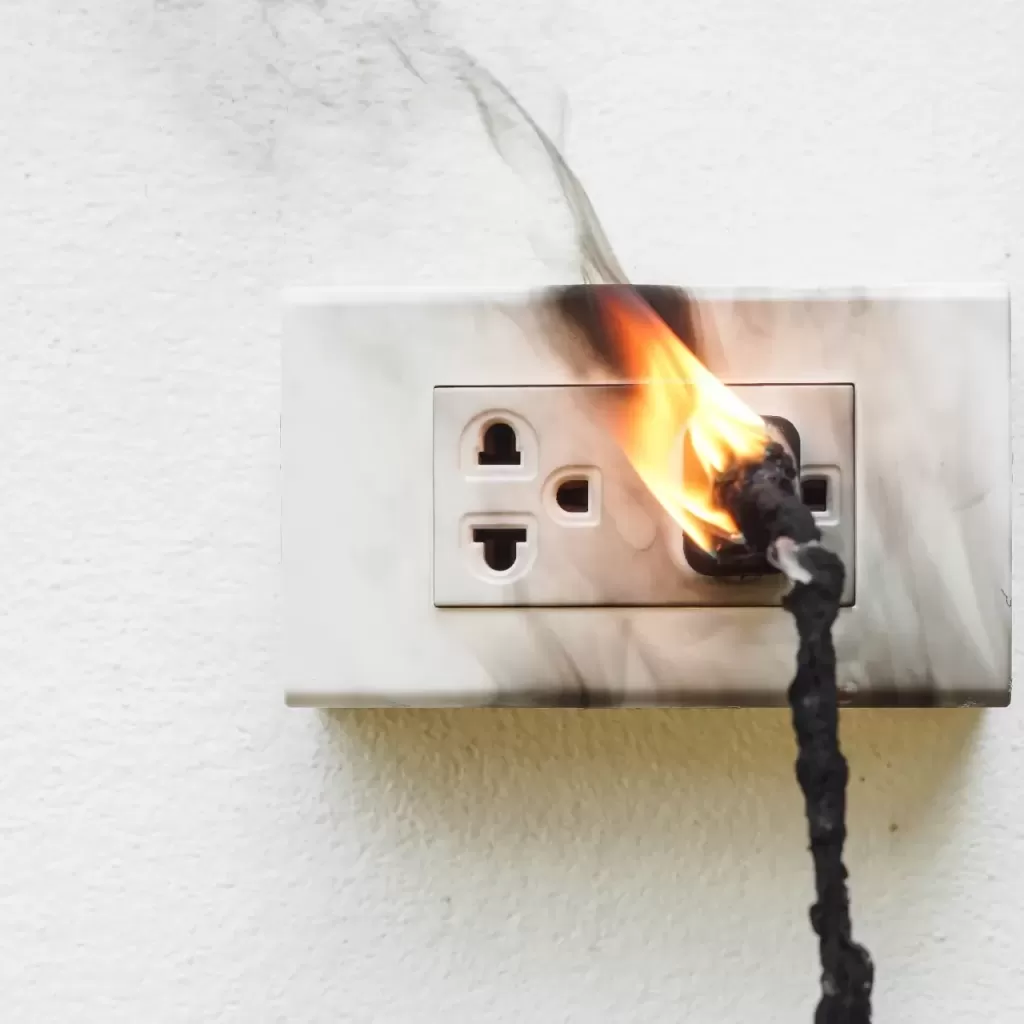
Hazard prevention involves proactive strategies like ensuring proper insulation, maintaining circuit breakers, using undamaged electrical appliances, and conducting regular inspections for preventative maintenance.
To mitigate these risks, it’s essential to understand the causes behind electrical hazards, such as insufficient insulation, circuit breaker failures, damaged tools, improper use of extension cords, and inadequate maintenance. By recognizing these causes, individuals can take prompt hazard action and prioritize preventative maintenance to reduce the likelihood of accidents. Safety measures, including awareness, electrical inspections, and proper training, play a vital role in creating a safe environment and preventing potential dangers associated with electricity.
The Importance of EICR Inspections
Understanding the intricacies of Electrical Installation Condition Reports (EICR) inspections unveils a critical aspect of maintaining electrical safety standards. EICR benefits encompass assessing the condition of electrical installations, detecting potential hazards, and ensuring compliance with safety standards.
These inspections play a vital role in risk reduction by identifying faults, defects, or non-compliance issues that could lead to electrical hazards. By conducting EICR inspections regularly, compliance assurance with safety standards is achieved, and corrective actions can be taken promptly to address any identified issues.
EICR inspections serve as preventive measures to mitigate the likelihood of electrical hazards, offering a proactive approach to maintaining a safe electrical environment. Engaging certified electricians for EICR inspections guarantees thorough assessments, code compliance, and adherence to safety protocols, ultimately contributing to a safer and more secure electrical infrastructure.
Spotting Signs of Electrical Issues
Spotting signs of electrical issues requires keen observation and prompt action to ensure a safe and functional electrical system. Early detection is crucial in identifying potential hazards before they escalate.
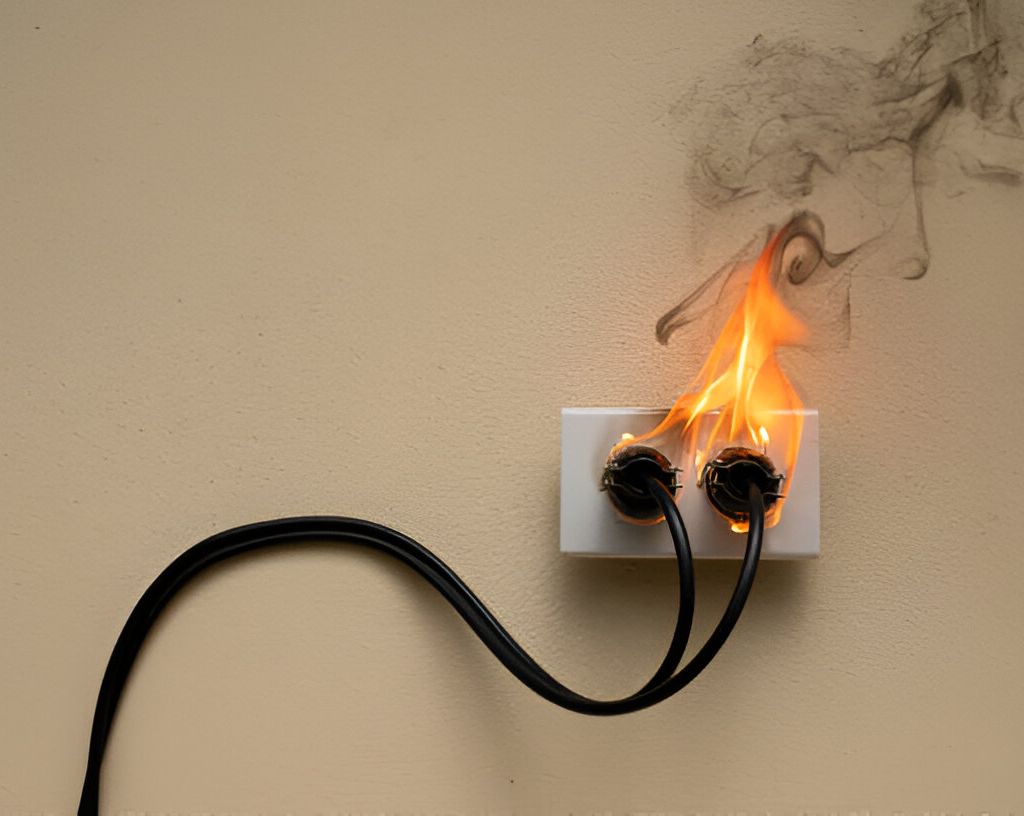
Warning signs such as flickering lights, frequent circuit breaker trips, buzzing sounds from outlets, and warm power sockets should prompt immediate attention. Safety measures like contacting professional electricians for risk assessment and investigation are essential to prevent hazards.
Regular checks for discolored sockets can aid in hazard prevention by addressing possible electrical issues promptly. By staying vigilant and addressing these warning signs proactively, homeowners can mitigate risks and maintain a safe electrical environment.
Taking proactive steps to address these signs not only ensures safety but also helps in preventing potential electrical hazards from causing harm or damage.
Essential Home Safety Precautions
Watching for signs of electrical issues is crucial for maintaining home safety and preventing potential hazards. Implementing safety protocols and conducting regular risk assessments are essential steps in ensuring a hazard-free home environment. Electrical maintenance, such as testing residual current devices (RCDs) and avoiding overloading sockets, plays a vital role in preventing risks. In case of emergencies, having an emergency response plan in place is crucial for swift and effective action. Below is a table summarizing essential home safety precautions:
| Safety Protocol | Hazard Prevention | Risk Assessment |
|---|---|---|
| Test RCDs every 3 months | Unplug appliances when not in use | Regularly check fire alarms |
| Avoid overloading sockets | Keep electrical devices away from water sources | Conduct periodic electrical inspections |
| Install British standard fire alarms | Maintain cables and avoid damaged cords | Identify and address warm power sockets |
The Need for Professional Electrician Assistance
When encountering complex electrical issues in your home, seeking professional electrician assistance is paramount for ensuring safety and compliance. Professional electricians offer emergency response services for urgent issues, providing prompt solutions to prevent potential hazards. Their expertise allows for a professional evaluation of your electrical system, identifying risks and ensuring safety assurance through proper mitigation strategies.

By relying on professional electricians, you benefit from expert guidance on handling electrical issues, reducing the likelihood of accidents or fires caused by faulty wiring or equipment. Trusting certified electricians for tasks like installations and repairs ensures that your home meets safety standards and operates efficiently.
In situations requiring immediate attention, such as water heater malfunctions or electrical emergencies, professional electricians are equipped to handle the job effectively. Overall, professional electrician assistance is essential for safeguarding your home against electrical hazards and maintaining a secure living environment.
Ideal Electricians: Your Safety Partners
Ideal Electricians serve as indispensable partners in ensuring the safety and reliability of your home’s electrical systems. By engaging professionals with expertise in electrical compliance and fire safety, you are establishing a safety partnership that prioritizes hazard prevention. Here is a breakdown of how Ideal Electricians can enhance the safety of your home:
| Professional Expertise | Safety Partnership | Fire Safety |
|---|---|---|
| Code Compliance | Hazard Prevention | Risk Mitigation |
| System Reliability | Inspection Services | Emergency Response |
| Preventative Measures | Compliance Checks | Safety Training |
Ideal Electricians not only conduct thorough inspections to identify potential hazards but also provide guidance on fire safety measures and ensure adherence to electrical standards. Their professional expertise extends to implementing preventative measures, responding to emergencies promptly, and offering safety training. By entrusting Ideal Electricians with the maintenance and inspection of your electrical systems, you are proactively safeguarding your home against electrical hazards.
Our Pricing
| Our Electrical Safety Certificate Prices |
|---|
| Studio Apartment £67.99 |
| 1 – 3 Bedroom £94.99 |
| 4 Bedroom £104.99 |
| 5 Bedroom £139.99 |
Check Out Our Other Services
| EICR | Commercial EICR | Emergency Light Certificate |
|---|---|---|
| Electrical Diagnostic | PAT Testing | Fuse Box Installation |
About the Author: LandlordCertificate
Related Posts
Get Social
Recent Posts
- Domestic Fire Alarm Installation: Protecting Your Home and Family with Reliable Fire Safety Systems
- Asbestos Management Survey Report: Complete Guide for Property Owners and Duty Holders
- Emergency Lighting Test Certificate: A Complete Guide for UK Properties in 2025
- Portable Appliance Testing Cost in 2025: Everything You Need to Know
- Energy Performance Certificate Requirements Explained for 2025


